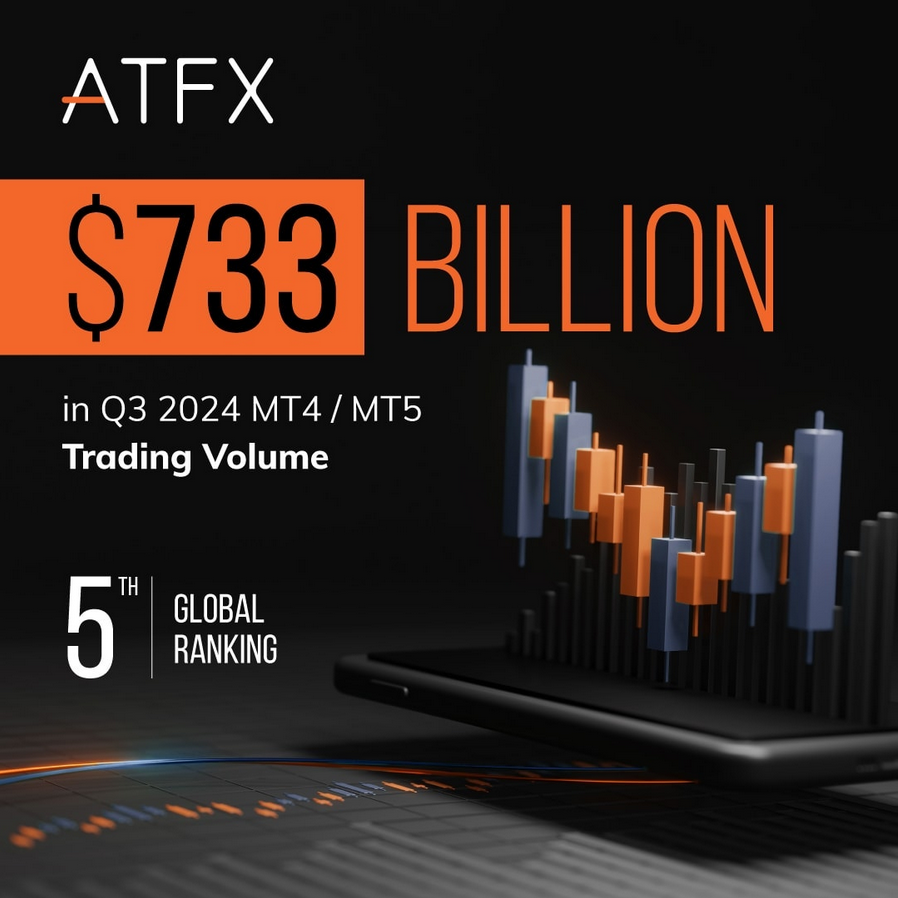Euro trading showed resilience despite inflation concerns and potential US tariffs, with focus on key levels for buy and sell opportunities. The British pound faced pressure from weak lending data and inflation worries, while technical analysis suggested a potential trend shift. The Japanese yen strengthened amid safe-haven demand and hawkish Bank of Japan signals, with the dollar weakening against it. Gold surged to record highs as investors sought safety amid global trade tensions and geopolitical uncertainty, driven by fears of escalating tariffs and economic slowdown.
EUR/USD
Current Market Overview
The EUR/USD pair remains under pressure amid ongoing economic uncertainty and monetary policy divergence between the European Central Bank (ECB) and the Federal Reserve (Fed). Inflation expectations in the Eurozone remain at 2.6% for the next 12 months and 2.4% for the next three years, reinforcing market speculation about potential ECB rate cuts. Weak consumer spending in Germany despite improving retail sales data signals economic fragility in the Eurozone.
Key Factors Affecting EUR/USD
- ECB Monetary Policy: With inflation stabilizing and economic growth showing weakness, the ECB is likely to signal rate cuts in the coming months, which could weigh on the euro.
- US Economic Data: A strong labor market and sticky inflation in the US support a relatively hawkish stance from the Fed, favoring the dollar.
- Trade Policies: Tariff discussions and global trade tensions, particularly involving the US, could drive volatility in the pair.
- Geopolitical Risks: Rising tensions in Europe, energy security concerns, and political instability may influence investor sentiment.
Technical Analysis
- Outlook: The EUR/USD trend remains bearish below 1.0858, with potential for further downside if the Fed maintains its tightening bias. However, a break above 1.0858 could trigger a recovery towards 1.0918.
- Support Levels: 1.0805, 1.0755, 1.0677, 1.0602, 1.0561, 1.0466
- Resistance Levels: 1.0858, 1.0918, 1.0947, 1.0979
GBP/USD
Current Market Overview
The British pound is struggling below $1.29 following weaker-than-expected inflation data and downward revisions to the UK’s economic growth outlook. The Spring Statement projected a reduction in UK inflation to 3.2% in 2025, while GDP growth is expected to slow to 1% from the previously estimated 2%.
Key Factors Affecting GBP/USD
- Bank of England Policy: If inflation slows as projected, the BoE may pivot towards rate cuts, reducing support for GBP.
- US Economic Strength: Robust economic data from the US supports the dollar, putting pressure on GBP/USD.
- Trade and Political Uncertainty: The UK’s relationship with the EU and potential shifts in trade policy may impact the pound.
Technical Analysis
- Outlook: GBP/USD is in a volatile range between 1.2850-1.2966. A breakout above 1.2966 could lead to further gains, while a drop below 1.2850 may signal additional downside pressure.
- Support Levels: 1.2850, 1.2800, 1.2750
- Resistance Levels: 1.2922, 1.2966, 1.3010
USD/JPY
Current Market Overview
USD/JPY has declined from recent highs, with the yen strengthening amid growing concerns over global economic uncertainty and a more hawkish stance from the Bank of Japan (BoJ). The BoJ has indicated that further rate hikes are possible if economic conditions justify them.
Key Factors Affecting USD/JPY
- BoJ Policy Shift: The BoJ’s willingness to raise rates marks a departure from its ultra-loose policy, supporting JPY.
- US Treasury Yields: A decline in US bond yields has weakened USD/JPY, as investors shift towards safe-haven assets.
- Global Risk Sentiment: Risk aversion due to trade tensions and geopolitical instability favors the yen.
Technical Analysis
- Outlook: The USD/JPY trend remains bullish above 148.60, but a sustained move below this level could confirm a reversal towards 147.50. A break above 149.55 may lead to renewed upward momentum.
- Support Levels: 148.60, 148.25
- Resistance Levels: 149.15, 149.55, 151.32, 152.32
XAU/USD
Current Market Overview
Gold prices have surged to record highs above $3,100 per ounce as investors seek safe-haven assets amid economic uncertainty, trade tensions, and potential recession risks. A weaker US dollar and lower Treasury yields further support gold’s bullish momentum.
Key Factors Affecting Gold
- Global Economic Uncertainty: Concerns over US tariffs, slowing economic growth, and recession fears drive demand for gold.
- Federal Reserve Policy: A dovish pivot from the Fed could push gold prices higher, while a more aggressive stance may limit gains.
- Geopolitical Risks: Rising global tensions increase demand for gold as a safe-haven asset.
Technical Analysis
- Outlook: Gold remains bullish above $3,050, with further upside potential if economic uncertainty persists. A break above $3,120 could extend gains towards $3,200.
- Support Levels: $3,050, $3,000, $2,950
- Resistance Levels: $3,120, $3,150, $3,200
Conclusion
- EUR/USD: Bearish below 1.0858; potential recovery if resistance is broken.
- GBP/USD: Range-bound; direction depends on breaking 1.2850 or 1.2966.
- USD/JPY: Medium-term bullish; trend change possible if support at 148.60 breaks.
- Gold: Strong bullish momentum; further upside expected amid uncertainty.









